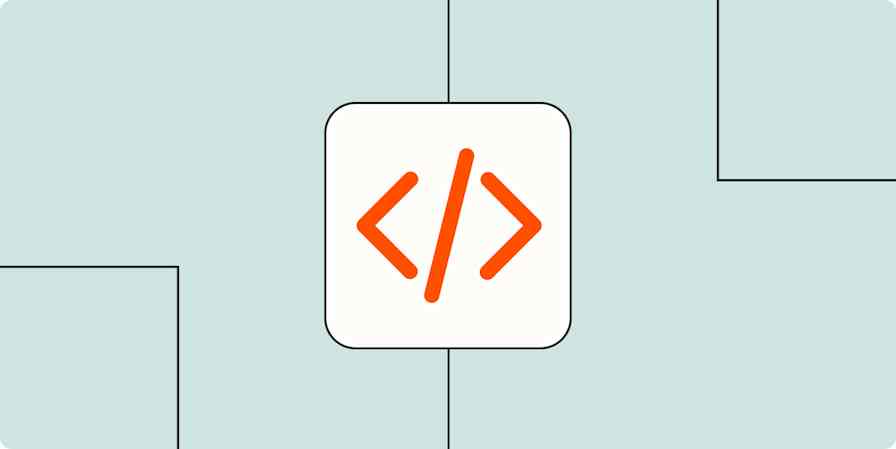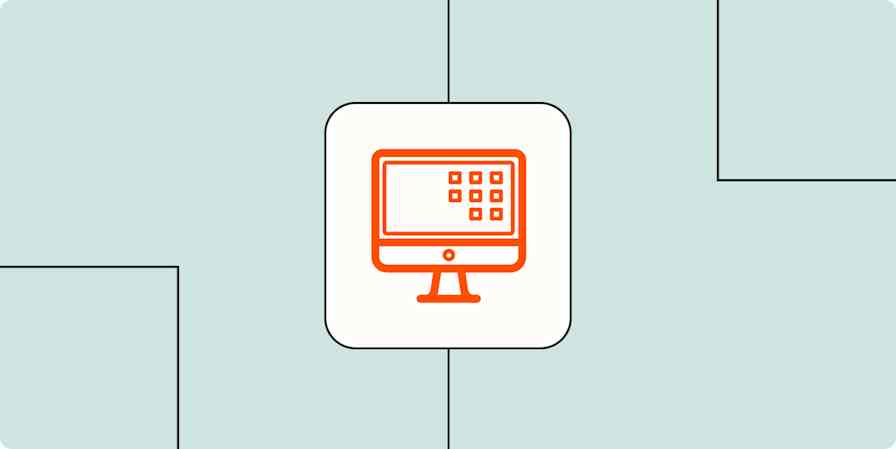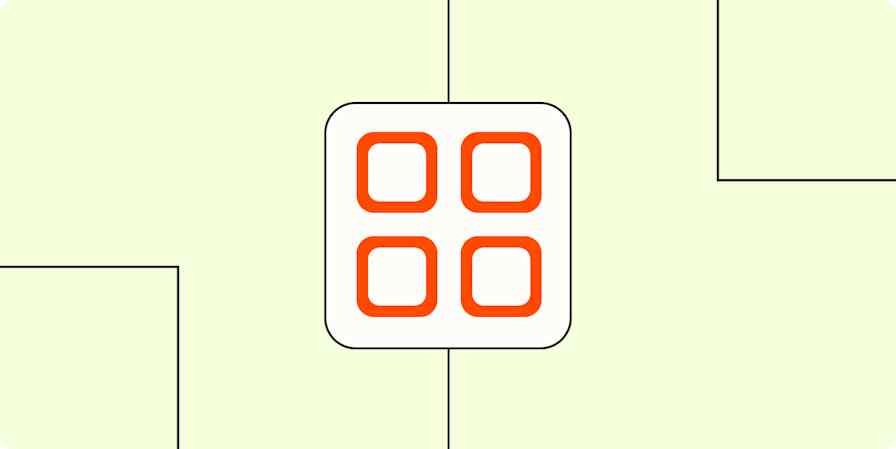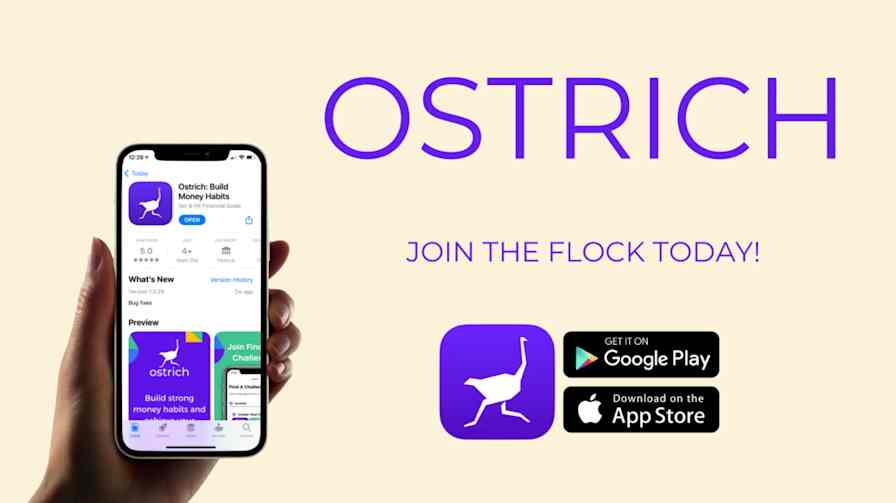App tips
10 min readHow to choose an app builder
Which type of app builder should you use?
By Miguel Rebelo · October 20, 2023
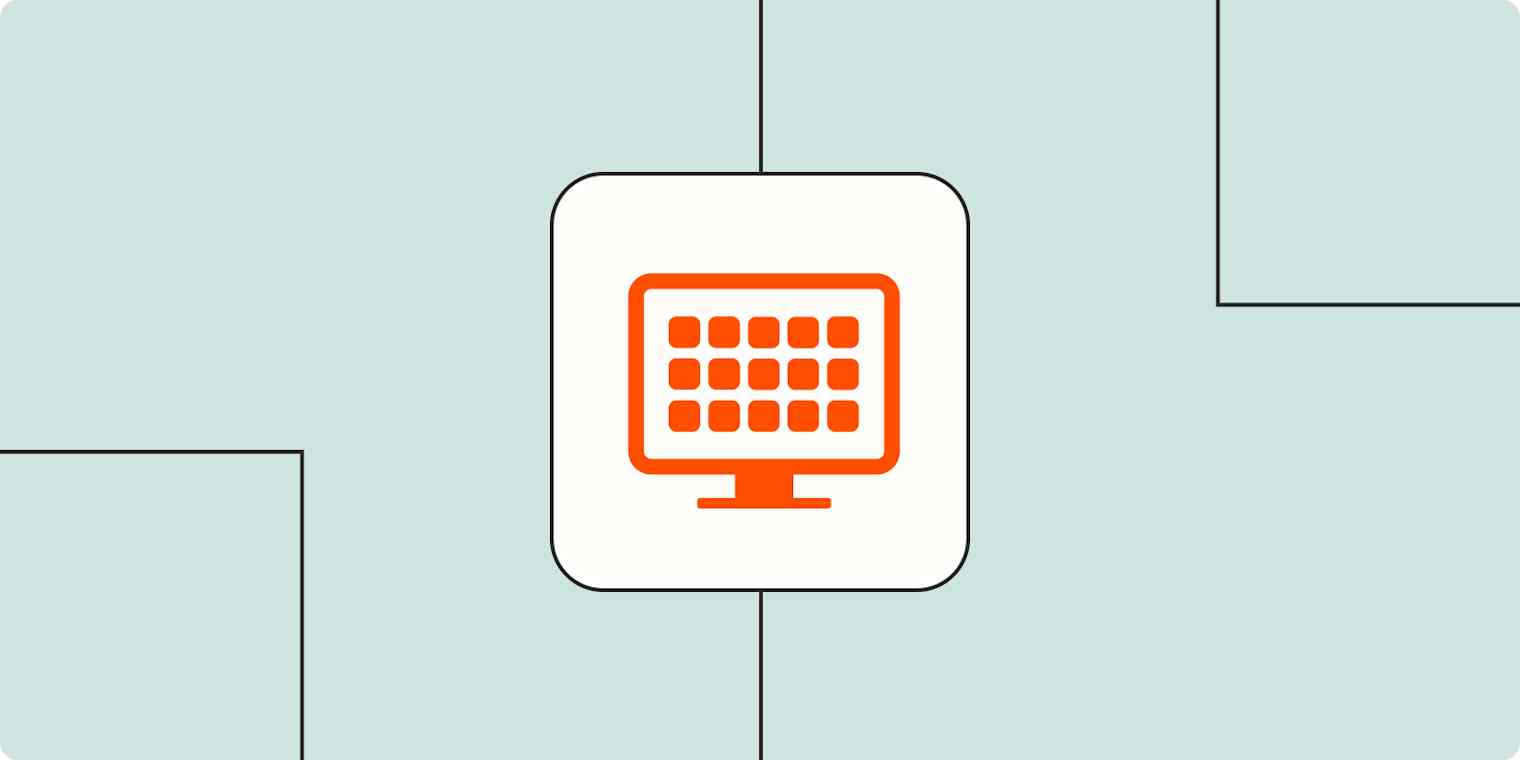
Get productivity tips delivered straight to your inbox
We’ll email you 1-3 times per week—and never share your information.
tags
Related articles
Improve your productivity automatically. Use Zapier to get your apps working together.




